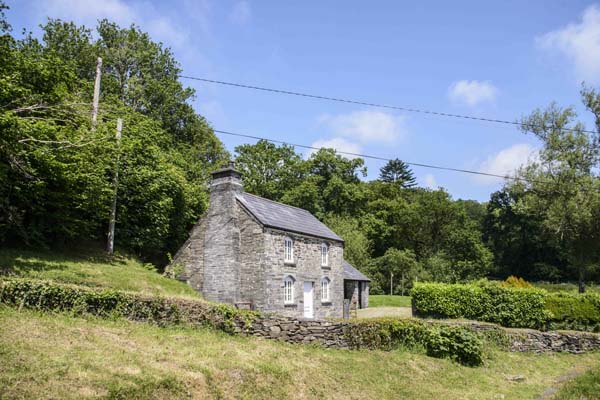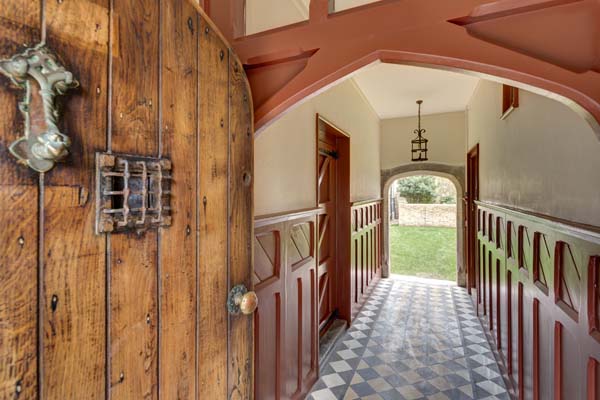Founded by Sir John and Lady Smith
Over 50 years ago philanthropist John Smith founded the Landmark Trust together with his wife Christian. Their aim was to try and prevent the loss of the sort of smaller historic building with which neither the National Trust nor the Ministry of Works was concerned.
John Smith was already a leading figure in the conservation world: a committed enthusiast for buildings and other historical structures. His experience led him to conclude that "a body was required to tackle cases too desperate, troublesome or unfashionable for anyone else." And so, in 1965, the Landmark Trust came into being, as together the Smiths set about creating the Landmark collection, which today numbers almost 200 buildings.

Promoting enjoyment of historic buildings
From the first the Landmark Trust had two goals: saving places, and also promoting the public enjoyment of historic buildings. A descendant of that great 19th-century travel pioneer Thomas Cook, John Smith conceived a simple but original model through which the buildings he saved would not become museums, to be peeked at over a rope, but would be living places which people could inhabit as their own for short spells.
Over five decades a cavalcade of extraordinary buildings has been rescued. They include the Gothic Temple at Stowe, Lord Dunmore’s exuberant pineapple pavilion near Stirling, the world’s first industrial housing in Derbyshire and the 23 buildings and fragile eco-system of Lundy in the Bristol Channel. Among our recent projects have been the rescue of 18th-century Belmont House in Lyme Regis and St Edward's Presbytery in Ramsgate designed by Augustus Pugin.
